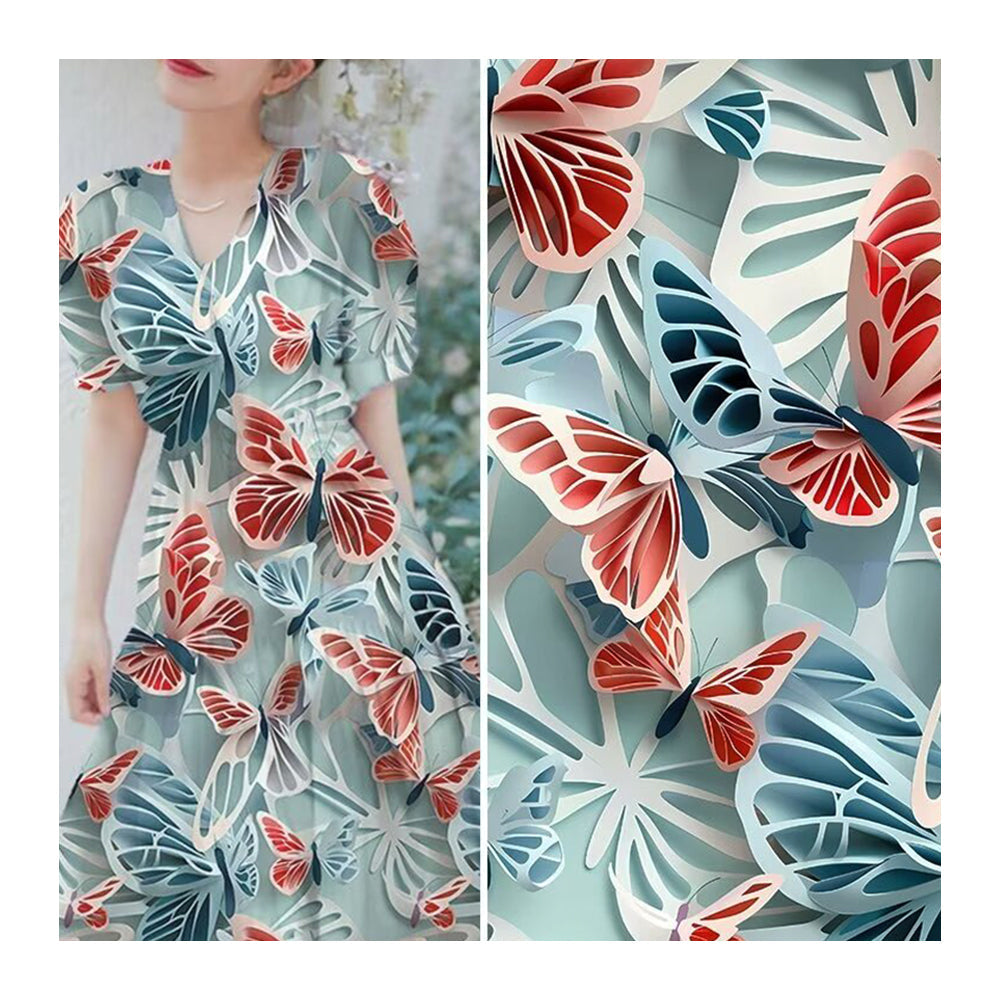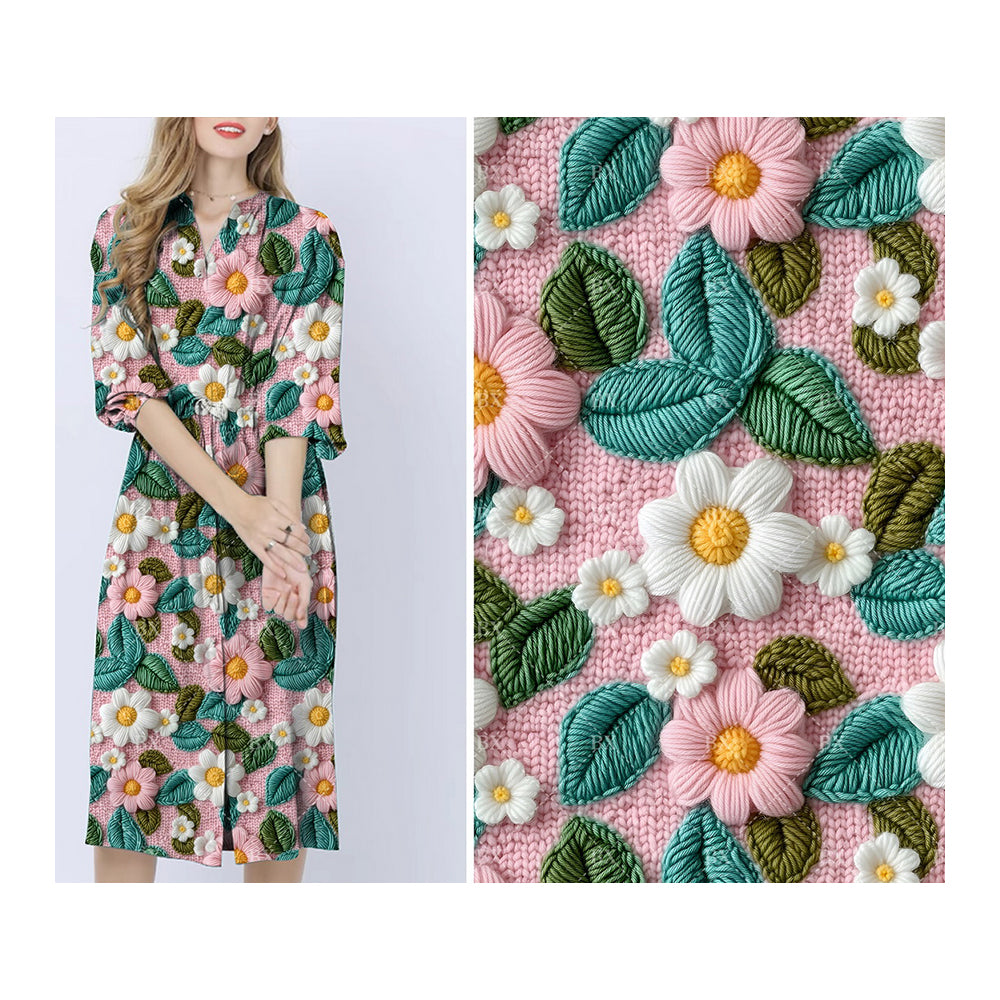Global Fabric Preferences: A Snapshot of Trends and Cultural Influences
As the global textile market continues to expand, fabric preferences around the world are increasingly diverse, reflecting not only cultural influences but also environmental concerns, technological advancements, and lifestyle changes. From the bustling streets of New York to the serene landscapes of Scandinavia, fabric choices are a direct reflection of both individual tastes and global trends.
North America: Comfort Meets Innovation
In North America, fabric preferences have evolved to prioritize both comfort and sustainability. With a growing emphasis on eco-conscious lifestyles, organic cotton, hemp, and recycled fabrics are in high demand. This trend is particularly visible in the apparel and home décor sectors, where consumers are seeking materials that combine style with environmental responsibility.
Athleisure has also driven a preference for performance fabrics—materials that are breathable, moisture-wicking, and stretchable. These fabrics cater to a lifestyle that values convenience, multi-functionality, and comfort. Digital fabric printing has become popular in this region due to its ability to create custom designs, offering personalization options for everything from activewear to home textiles.
Europe: Fashion and Tradition Intersect
Europe’s rich textile history blends seamlessly with contemporary fabric trends. While the region remains a global hub for luxury fashion and innovative fabric technology, traditional materials such as wool, linen, and silk continue to hold strong appeal. In countries like Italy and France, the importance of fine craftsmanship is reflected in the preference for high-quality, luxurious fabrics.
At the same time, European consumers are increasingly turning to sustainable fabrics, with brands offering recycled polyesters, organic cotton, and even biodegradable textiles. The European Union’s strict environmental regulations have also influenced fabric production, pushing for a more sustainable textile industry.
Digital printing technology has allowed European designers to experiment with intricate patterns and vibrant colors, often inspired by nature and art. This has led to a resurgence in interest for customized and one-of-a-kind fabric prints, particularly in the fashion industry.
Asia: A Blend of Tradition and Modernity
In Asia, fabric preferences reflect a fusion of age-old traditions and rapid modernization. Countries like India and China are known for their rich textile heritage, which includes intricate silk, brocade, and handwoven fabrics. These materials are still highly valued, especially in formal wear and cultural attire, where craftsmanship is paramount.
However, urbanization and economic growth have spurred an interest in synthetic fabrics such as polyester and nylon, particularly in the fast-fashion markets. These fabrics are cheaper, more durable, and easier to mass-produce, making them popular for everyday clothing.
In recent years, digital fabric printing has made a significant impact in Asia’s textile industry. Designers and manufacturers are embracing the technology to produce vibrant, intricate prints that reflect both cultural motifs and contemporary aesthetics. The ability to create custom designs has made digital printing particularly popular in the growing market for personalized products.
South America: Natural Fibers and Vibrant Colors
In South America, the use of natural fibers is deeply ingrained in local culture. Countries like Brazil and Peru continue to embrace materials such as cotton, wool, and alpaca, known for their durability and natural properties. These fibers are often used in both traditional garments and modern fashion, especially for outdoor clothing that needs to withstand the region's diverse climates.
The popularity of bright, bold colors in South American fabrics is another distinctive feature. Fabrics adorned with colorful prints, intricate patterns, and indigenous-inspired designs are favored, particularly in the fashion sector. Digital fabric printing has allowed designers to bring these vibrant designs to life with a level of precision and variety that was previously impossible.
Africa: Textiles as Cultural Expression
In Africa, fabrics are often seen as an expression of identity, culture, and heritage. Traditional fabrics like kente cloth, mudcloth, and ankara are still highly valued, often used for ceremonial wear and everyday clothing. These textiles hold symbolic significance, and their patterns are deeply connected to the cultural history of the region.
In addition to these traditional fabrics, there is an increasing shift toward locally produced, eco-friendly materials. Many African countries are exploring the use of organic cotton, bamboo, and recycled fibers in their textile production. As the demand for sustainable fashion grows, digital fabric printing is becoming a viable option for creating unique, locally inspired designs.
The Global Shift Toward Sustainability
Around the world, a growing awareness of environmental issues has led to a shift toward more sustainable fabric choices. Consumers are becoming increasingly conscious of the environmental impact of their clothing, and this is influencing purchasing decisions. As a result, fabrics made from organic materials, recycled fibers, and biodegradable substances are gaining popularity, particularly in markets like Europe and North America.
Digital fabric printing has played a key role in this shift. By reducing waste and enabling on-demand production, digital printing technology supports the trend toward sustainability in the textile industry.
Conclusion
The global fabric preferences are as diverse as the cultures that shape them, but there are undeniable trends that reflect a shared interest in sustainability, personalization, and technological innovation. From the eco-conscious choices in North America to the vibrant, culturally rich textiles of Africa and South America, the fabric market is becoming more dynamic and interconnected. As digital fabric printing technology continues to evolve, it will likely drive even more changes in how we design, produce, and consume textiles around the world.





Leave a comment
This site is protected by hCaptcha and the hCaptcha Privacy Policy and Terms of Service apply.